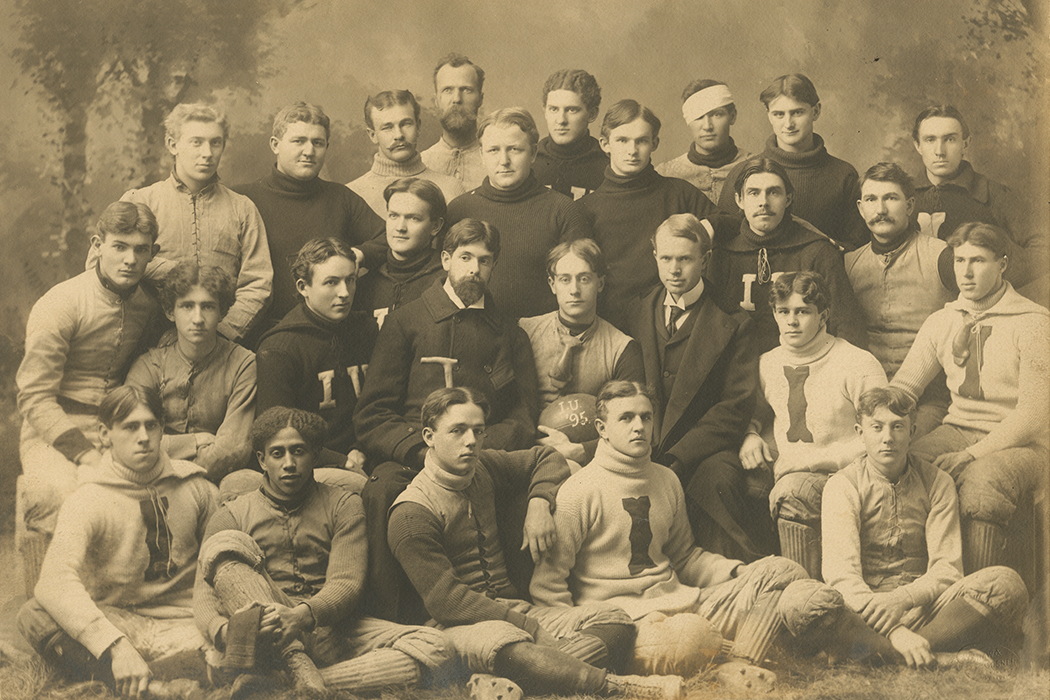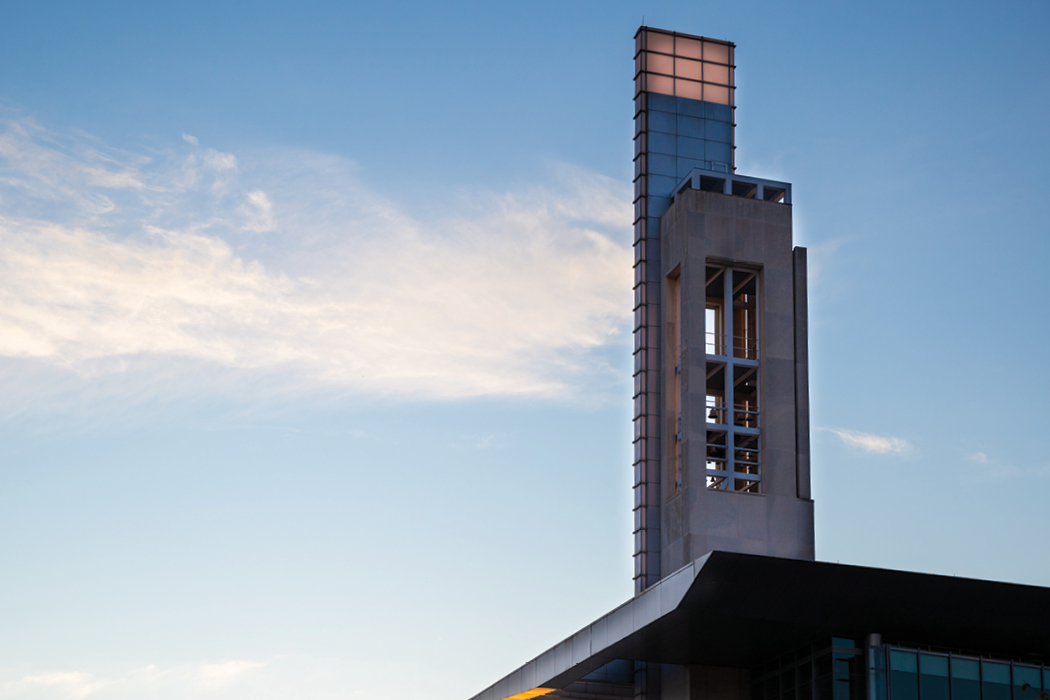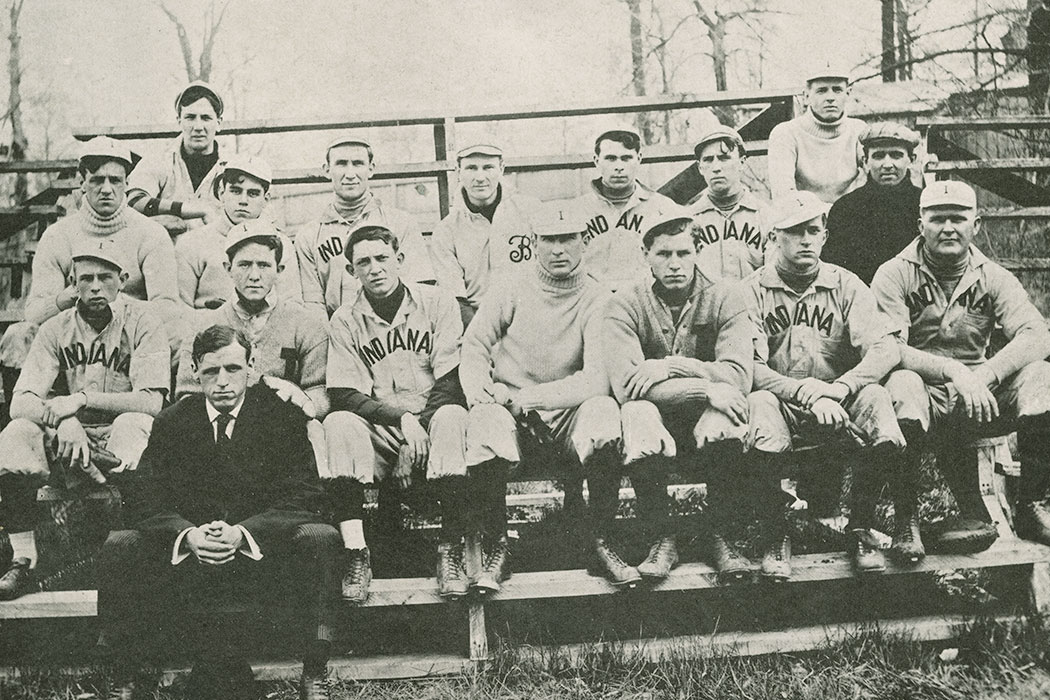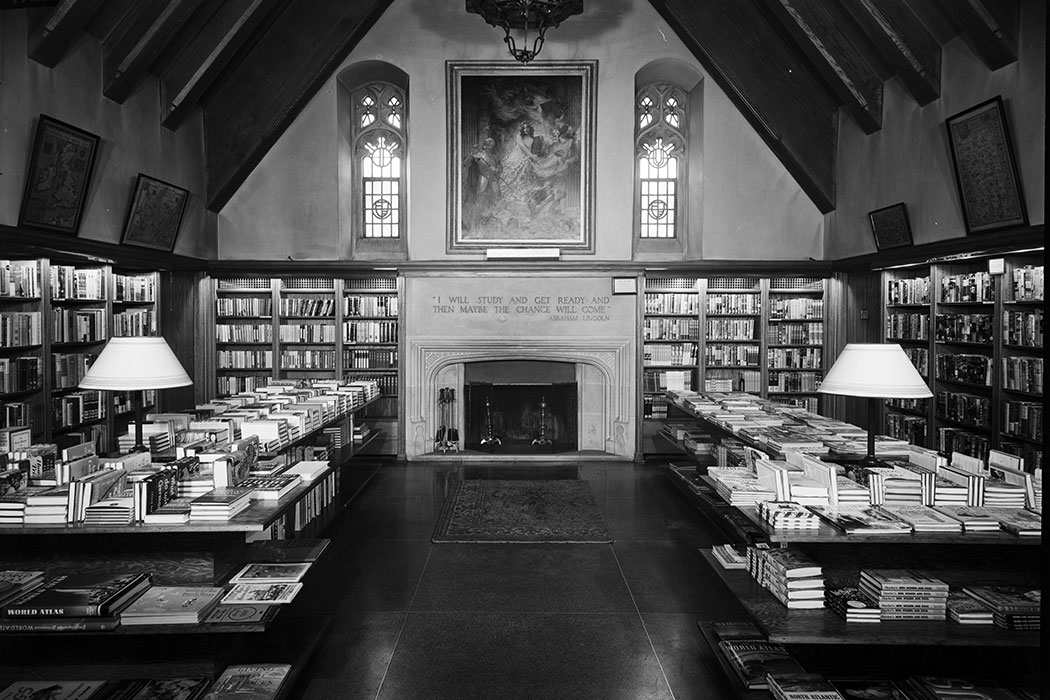A Cinderella Story: The Origins of IUPUC
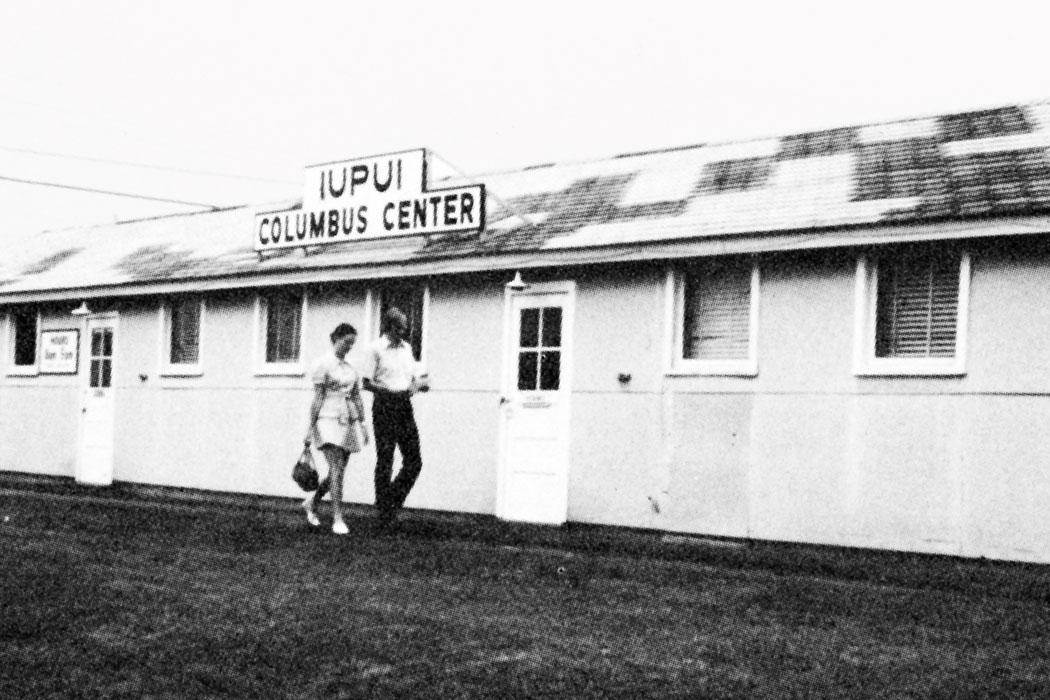
The 1960s are often remembered for the Vietnam War, civil rights protests, long hair, and assassinations, but it was also a time when Indiana communities aggressively sought extension centers, branch campuses, or other higher education facilities in their own towns. That’s why community leaders in Columbus, Ind. worked through the Columbus Chamber of Commerce to create the Columbus Community College (CCC) in 1968.
The problem was, only state legislatures could create public educational institutions. So the CCC had a Board of Directors, an appointed and paid president named Dr. Virginia Keehan, but no students. When the Indiana General Assembly was ready to consider the bill that would make it legal for CCC to accept students, three busloads of enthusiastic Columbus leaders made their way to the state capital to present their case.
However, the presidents of IU and Purdue had already persuaded legislators that community colleges were not needed in Indiana because regional IU and Purdue campuses were already being created in population centers around the state. They argued that a regional campus structure would be less expensive for Indiana than an educational bureaucracy, and less expensive for students since credit transfers would be more easily assured. The CCC did not receive state approval.

Columbus leaders took this in stride and began seeking the establishment of a regional college campus in Columbus. They contacted all of the major universities in Indiana, but none were interested.
Columbus leaders persisted, and finally, in mid-1969, IU and Purdue leadership finally agreed to take Columbus on. In August 1970, the creation of the “Columbus Center of IUPUI” was announced. The tag “of IUPUI” provided the necessary academic links to IU and Purdue. It also differentiated the college campus from the local shopping mall, which was also called “Columbus Center.”
The Columbus Center of IUPUI opened on Aug. 17, 1970, with Dr. Emerson Gilbert, director, and Edith Sweeney, secretary, as the only full-time employees. All classes were taught in rented classrooms, with offices in the former armory building in downtown Columbus. Dr. Gilbert reported to the IUPUI Vice Chancellor for Administrative Affairs, Jack Ryder.
Around that same time, the city of Columbus began the formal process of acquiring the deactivated and dormant Bakarlar Air Force Base. The Columbus Board of Aviation Commissioner, on behalf of the city, received the deed to the 2,000-acre air base in 1971, with the proviso that all income received from the property be used to support aviation.
Late in 1971, the two-person staff of the Columbus Center was permitted to relocate into an unused WWII-era building on the Bakalar site. Then in 1973, the city of Columbus agreed to make available to the Columbus Center the former air base headquarters and training building, plus the surrounding 20 acres and a functioning flight simulator.
IU agreed to a five-year lease and the two-person Columbus Center of IUPUI staff relocated into the former headquarters building in late 1973. The new location was open for classes in spring 1974.

In early 1976, Jack Ryder accepted the presidency at Saginaw Valley State College, and Dr. Emerson Gilbert went with him as vice president of administration. I, Paul Bippen, MS’65, EdD’73, was appointed interim director and, subsequently, permanent director.
The five-year lease signed in 1973 called for annual payments of $50,000, nearly all of which were used to update the mechanical and electrical components of the former military building. New lease terms were presented to me in 1978, and called for doubling the rent to $100,000 per year. The aviation board felt the renovated building was now more valuable—I felt otherwise.
I told the mayor that if financial return was what the community sought, I recommended closing the Columbus Center of IUPUI so the commissioners could find a new tenant for the renovated building. I then went out on a limb and suggested that, if the community was really dedicated to maintaining a permanent university presence, the aviation board should consider donating the former air base buildings and land to the Trustees of IU.
Local mayor, Nancy A. Brown, agreed. Lucky for us, Brown was in charge of appointing the aviation board. The aviation board eventually deeded the land and buildings to the Trustees of IU.
These events culminated in a fund drive that exceeded the goal of $900,000, and state legislative approval in 1984 of monies for a $3.6 million renovation, which would expand facilities by 60 percent. Gone were the green walls and green asbestos tiles, single pane glass, and no insulation. A building which architecture could only be called “early air force” was transformed by architect Frank Adams into a contemporary space that wrapped the old with thick insulation and horizontal lines of dark glass, and contained eight fully-equipped science and technology labs. In 1985, what the Columbus community had sought back in 1968 finally became a reality.
This article originally appeared in the January 2019 issue of 200: The IU Bicentennial Magazine, a special six-issue magazine that highlights Bicentennial activities and shares untold stories from the dynamic history of Indiana University. Visit 200.iu.edu for more Bicentennial information.
Tags from the story
Written By
Paul R. Bippen
Paul Bippen, MS’65, EdD’73, is a contributor to 200: The IU Bicentennial Magazine.
